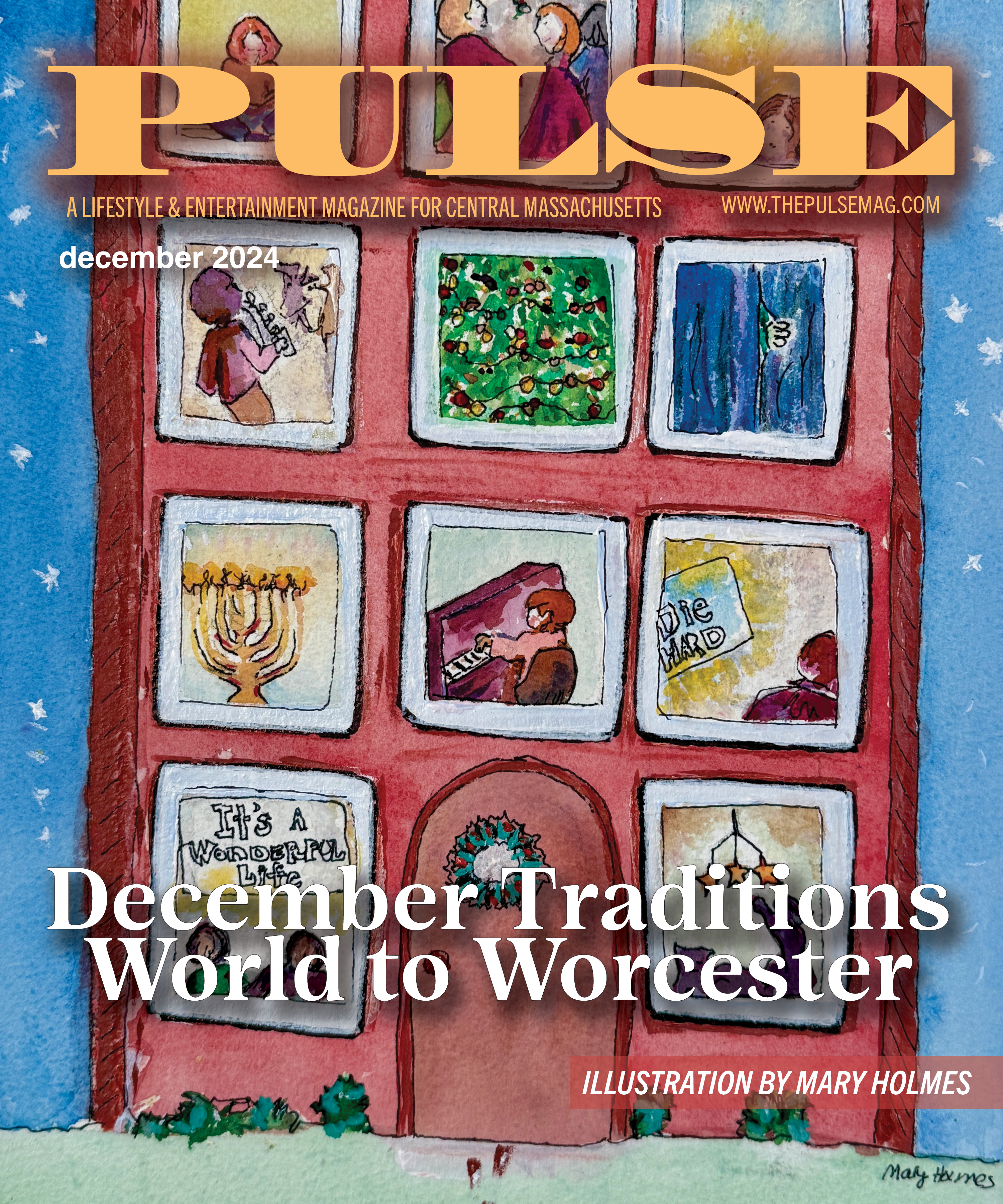By Jason W. Prokowiew
Cruising shotgun down 290 recently with my friend Andrew, I noticed after five uninterrupted songs that he didn’t have a CD in his player. As some old school Michael Jackson bumped out of the speakers, I eyed the satellite radio receiver mounted on his dashboard. Looking into other peoples’ cars, I saw more receivers. Was anyone listening to radio anymore? If they weren’t, weren’t radio stations getting worried?
Since about the turn of the century, satellite radio has been making a concentrated push into our cars and homes. XM and Sirius led the way in the U.S. market, and there’s no denying the hype around satellite radio. We heard about it on television and in the papers, this new technology that would allow us to listen to hundreds of stations playing uninterrupted music, comedy, or news ~ whatever we wanted. All we needed was a receiver, most of which cost between $70 and $300, and a monthly subscription that now runs about $13. The hype got radio’s attention.
“They had [public relations] juggernauts that did an incredible job,” MikeFM [WMKK] Chief Mike Officer Donald Sauveur says. “The awareness level for satellite radio is incredible; the average person knows a lot about it.”
Great PR. More choices than maybe anyone could need. So Andrew got on board, along with scads of others ~ over 6 million XM subscribers and over 4 million Sirius subscribers as of March 2006.
“I was a little nervous about it, but it hasn’t affected us as much as I thought it would,” WAAF Hill-Man Morning Show Cast Member Kevin Barbare explains. “For music reasons, it’s a very good thing. You can pick 24-hour jazz or 24-hour 80s.”
Most radio guys and gals admit to having paid attention to satellite as it was clearly going to be an alternative to their stations. Seemingly more worrisome was the day in 2004 when Howard Stern announced he’d switch teams, leaving behind the traditional radio format to broadcast on Sirius starting in 2006. At that time, he was the number one national radio host among males 18-49 and would presumably cause a mass listener movement traditional to satellite radio.
“Our numbers have actually been better since he left,” Barbare said. “Unless he did something horrible, he always had the edge and we could never have that spot. We knew when he left people would switch to something around here, and our rating got better.”
But how did it happen? How did radio stations around Boston and Worcester deal with competitors like Sirius and XM? People like Andrew were turning to satellite for something traditional radio wasn’t giving.
“I hate all the talking in the morning on regular radio,” Andrew said. “On my [three hours each day] commute, I don’t want to listen to chatter. I want to hear music.”
But what’s good for one listener might not be good for another, and that’s where much of traditional radio gets much of its strength. For many listeners, it’s the on-air personalities that keep them tuning in every day. While one listener might not want to hear about a disc jockey’s sick dog or a traffic report telling them the road they’re sitting on is looking pretty bad, others want that familiar voice telling them about the local scene.
“With satellite radio, you never feel like you’re hearing your own community’s voice,” WSRS Personality Bruce Palmer said. “A guy on satellite can’t tell you about the pothole on 290 or describe how the clouds just broke in Grafton. No universal, sanitized, monolithic provider can provide that certain touch.”
“Satellite hasn’t affected much,” WXLO Jock Steve Donovan said. “People still like the idea of waking up to their favorite [deejays]. Because of the Internet, and the cell phone, and the Blackberry, it’s a more isolating time. People don’t have the same day-to-day connected relationships, and [with traditional radio] you get all the benefits of being close to someone.”
“I don’t think radio has reacted that much to satellite,” WSRS Program Director Tom Holt said. “If they started offering their services for free, I might worry.”






